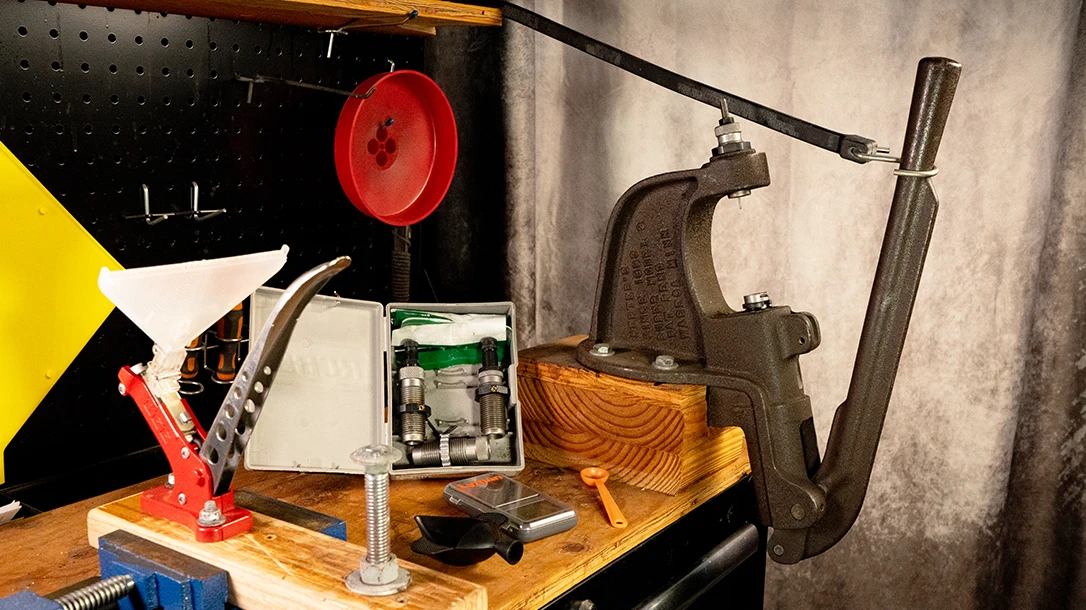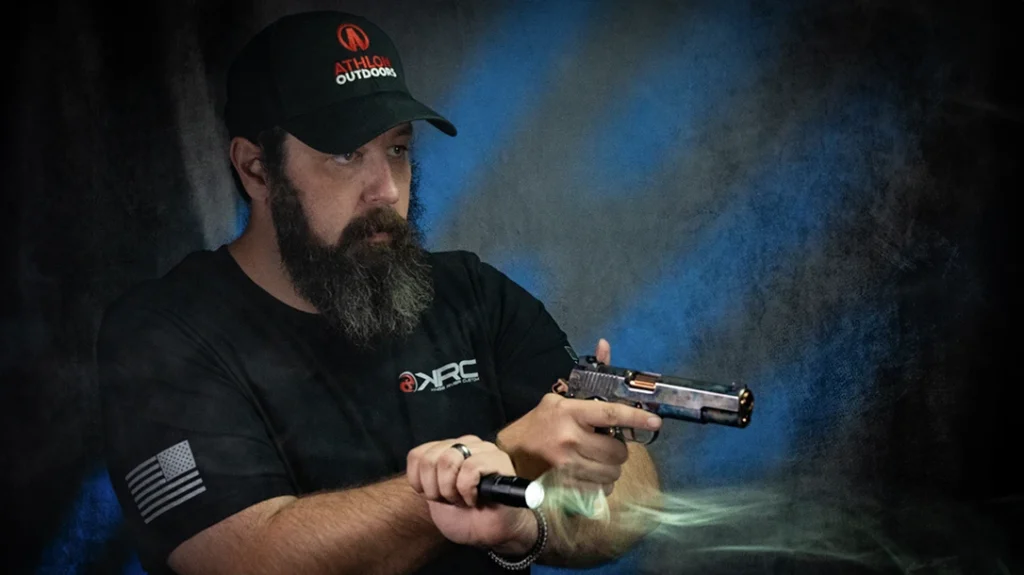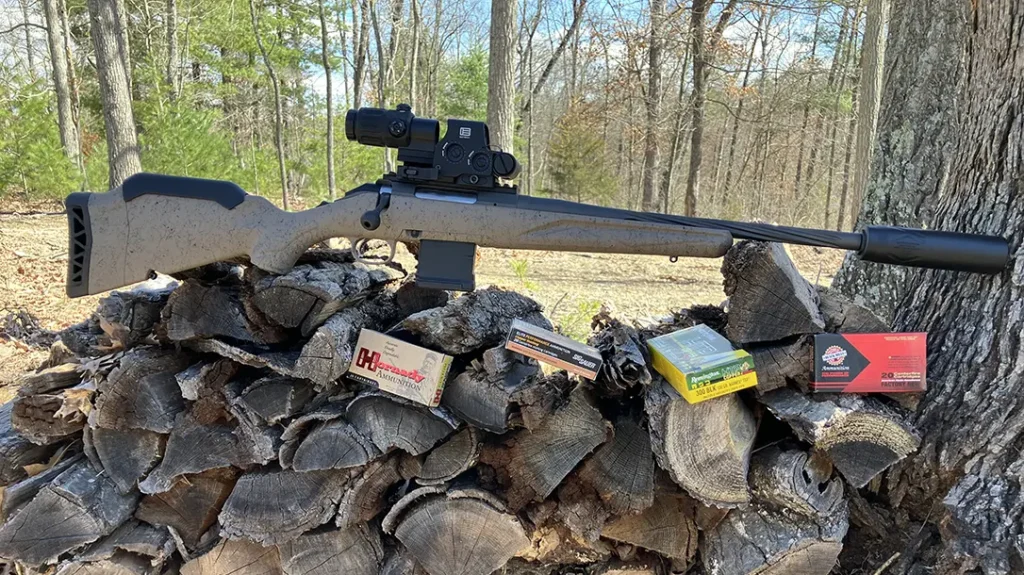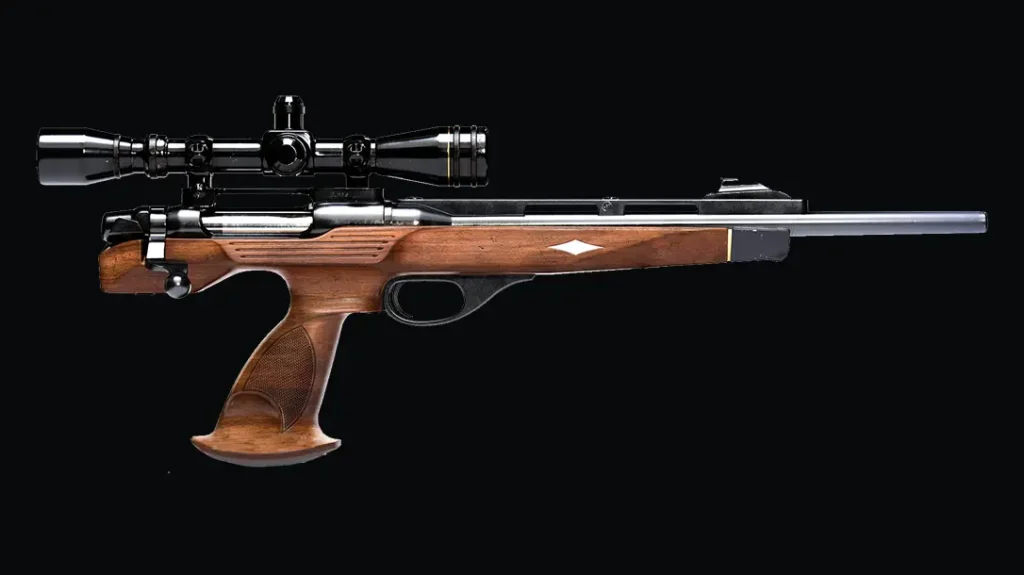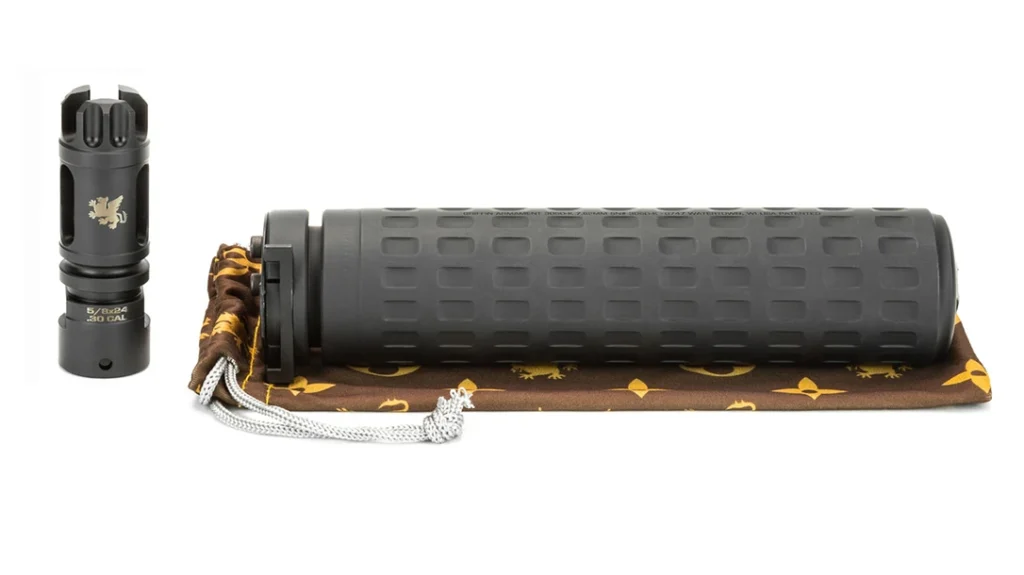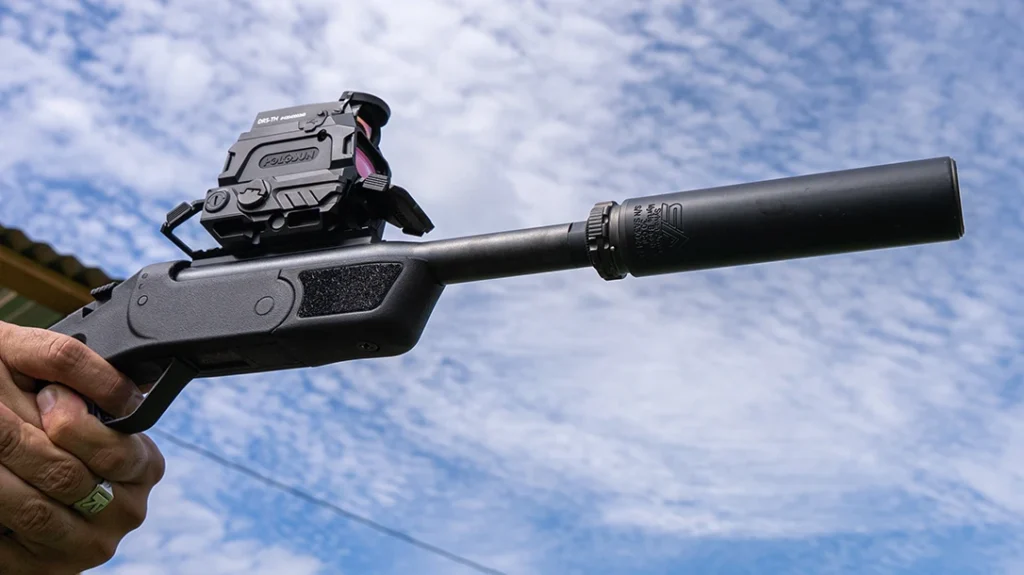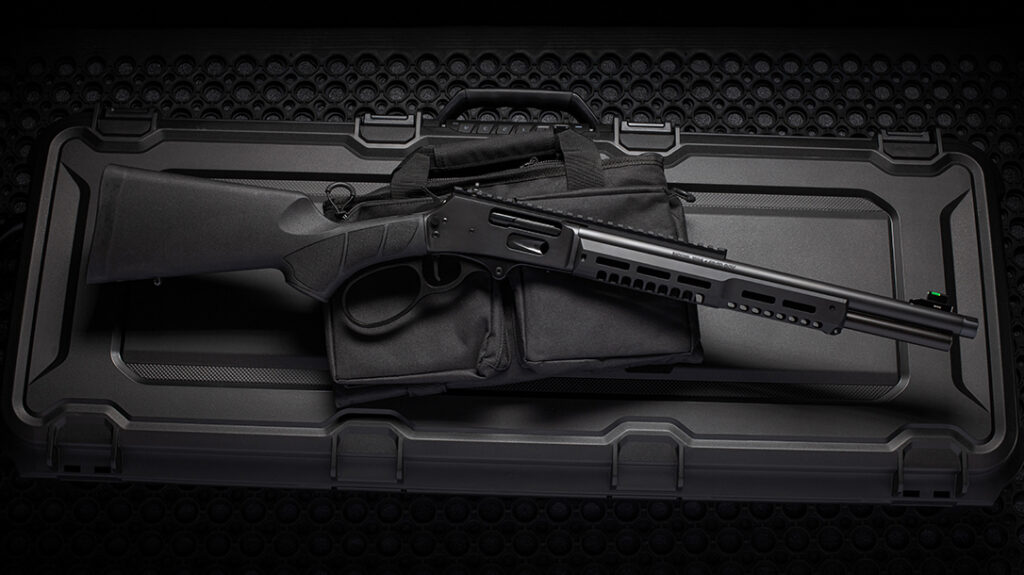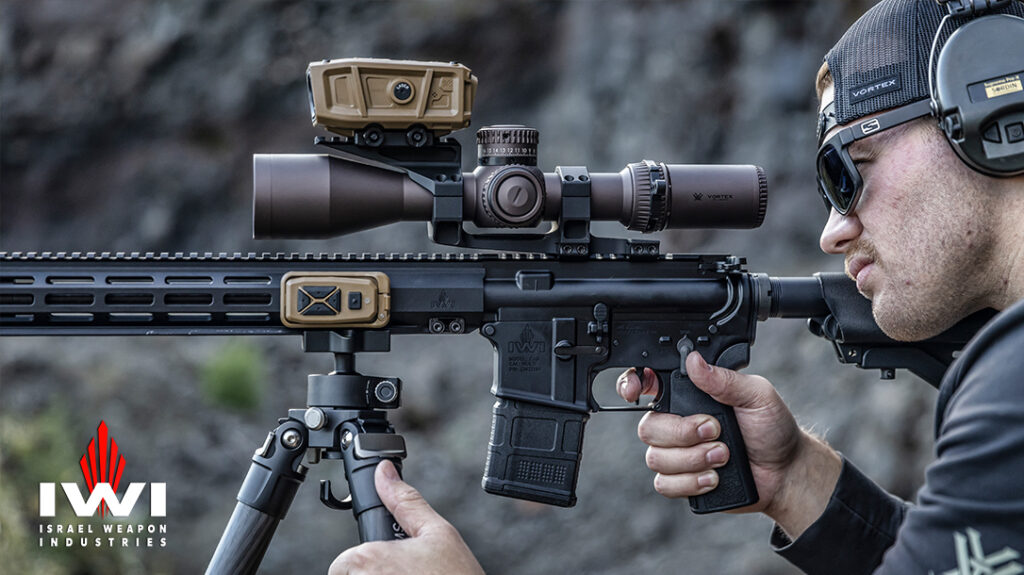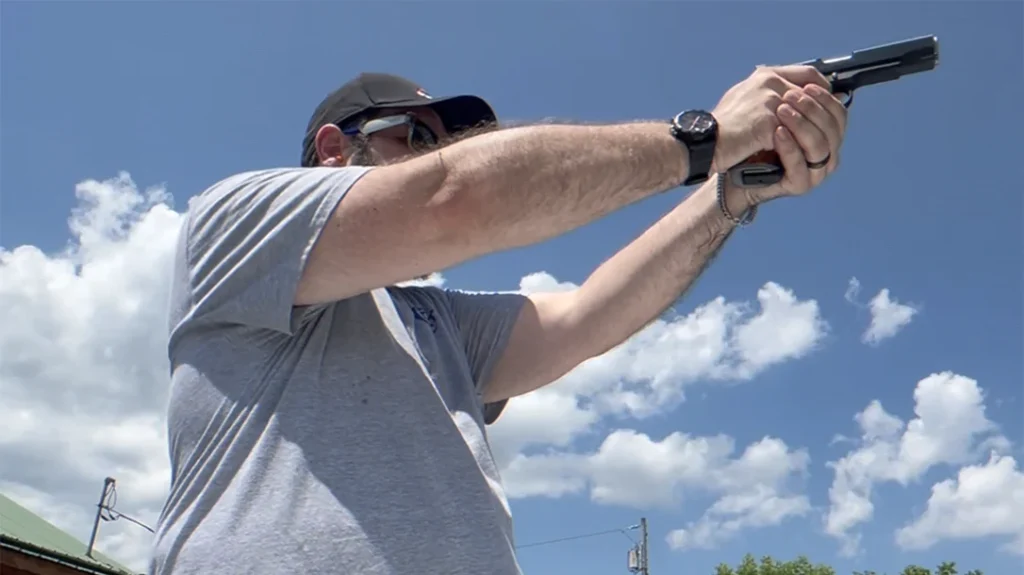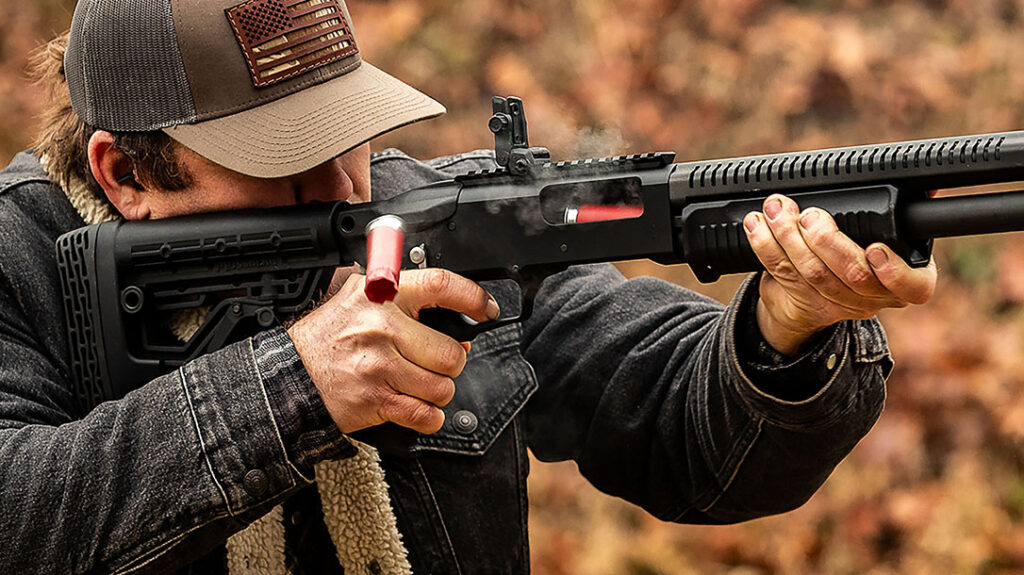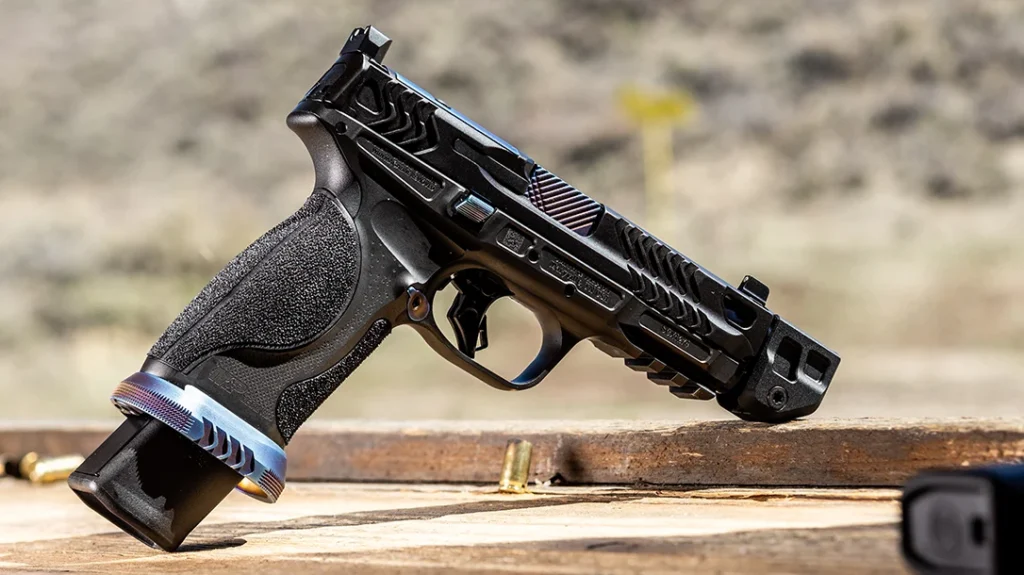There’s something deeply satisfying about reloading your own ammo. It’s one of those skills that not only rewards you with better accuracy and deeper knowledge, but it also brings you closer to the process—like making your own bread or turning wrenches on your car. You understand more. You notice more. And eventually, you shoot better.
I’ve been a handloader for a long time now, and in that time, I’ve come to appreciate the science, the subtlety, and yes, the occasional bruised ego that comes with the process. Reloading is a powerful gateway into understanding external and internal ballistics, and few things will improve your respect for factory ammo more than sitting down to make your own.
We’re going to break down the anatomy of a cartridge, using the .38 Special as our test subject. It’s a classic cartridge—gentle on recoil, well-loved in revolver circles, and perfectly suited for learning the ins and outs of reloading.
Advertisement — Continue Reading Below
Parts of a Cartridge
A loaded cartridge is a beautiful little machine. It’s easy to underestimate just how much engineering goes into that inch or so of brass and lead, but when you break it down, you start to see just how much each part matters.

We’ll start with the casing, in this case made of brass. Brass is the industry standard for reloading because it’s durable, reloadable, and expands well under pressure. The .38 Special’s case has a long, straight-walled design with just a slight taper, ideal for low- to moderate-pressure loads. It’s open on one end to seat the bullet, and on the other, a smaller hole houses the primer.
Advertisement — Continue Reading Below
The primer is deceptively small and very powerful. Inside that little cup sits fulminate, a shock-sensitive compound that provides the initial spark to ignite the gunpowder. That’s the only actual “explosive” in the whole cartridge. Above the fulminate is the anvil, which serves to create friction when the primer is struck. That friction crushes the compound and initiates the reaction.
Powder Power
Once ignited, the flame moves through the flash hole in the brass and lights the gunpowder. Now, a common misconception is that gunpowder explodes. It doesn’t. It burns—fast. So fast that the pressure from the expanding gas propels the bullet down the barrel. But not all powders are created equal.

Advertisement — Continue Reading Below
Some, like Unique, are bulky and burn fast, producing peak pressure early. This is great for shorter barrels where you want to get that energy out quickly. On the flip side, something like H110 burns slower and builds pressure more gradually. It’s better suited to longer barrels, where the expanding gas has time and space to build velocity. Choosing the right powder isn’t just about what’s on hand—it’s about burn rate, case volume, bullet weight, and barrel length.
The Bullet
Finally, we reach the projectile—the bullet itself. In .38 Special, there are a huge range of options. A wadcutter, made of soft lead, is ideal for punching paper. It cuts neat, clean holes, and has a lot of surface area in contact with rifling, which is why they’re a favorite for target shooters. A Hornady XTP, on the other hand, is a jacketed hollow point designed to expand on impact. It’s what you’d want in a defensive or hunting load—something that mushrooms out, causes damage, and stops the threat quickly.
Reloading a Round
So how do we put all this together? Let’s walk through the process using a single-stage press, which is where most people start.
Advertisement — Continue Reading Below
The first action is de-priming and resizing. When a round is fired, the brass case expands to seal the chamber. We need to bring it back to spec, so it’ll fit properly and chamber reliably. The resizing die also knocks out the old primer. We’ll check the overall case length to make sure it’s proper, if not it’ll need to be trimmed. Once that’s done, it’s time to clean.

Cleaning can be as simple as a quick wipe or as thorough as a tumble in walnut media or stainless pins. Personally, I go a little above a wipe with a wash in an ultrasonic cleaner then dry in the oven. But I won’t go full tilt unless the brass is rough. The cleaner the brass, the more consistent your loads will be.
Advertisement — Continue Reading Below
Priming
Next comes priming. You’ll seat a fresh primer into the cleaned case. Now, here’s a lesson I learned the hard way: always double-check your seating. I once accidentally seated a primer sideways. When I loaded it to shoot, it ignited sideways and I burned my thumb. No injury, but a hard-earned reminder to pay more attention.
Different primers have different hardness. Federal primers are known for being soft and light-striking—great for older revolvers or tuned competition guns. CCI, on the other hand, has a reputation for being a bit tougher. Both work, but it’s worth matching the primer to your firearm’s firing pin strength for reliable ignition.

Advertisement — Continue Reading Below
Primers also come in different strengths. Magnum primers contain more priming compound and produce a hotter, longer-lasting flame, making them ideal for igniting slower-burning powders or large case volumes. Regular primers are milder and better suited for standard pressure loads where too much ignition force could cause pressure spikes or inconsistencies.
Measured Powder
Then it’s time to drop your powder charge. This is where things get precise. Powder is measured in grains, not grams. One grain equals about 0.0648 grams. It’s a tiny amount, but the consequences of getting it wrong are anything but. Too little, and you risk a squib—where the bullet gets stuck in the barrel. Too much, and you could exceed safe pressure levels.
For example, 4.7 grains of Unique behind a 158 grain Hornady XTP will yield velocities in the 825 feet per second range, depending on your barrel length and crimp (how the brass closes around the projectile at the mouth of the case). But 7 grains of Unique? That’s way past the max pressure rating for .38 Special. You’re now in +P or even .357 Magnum territory, and that’s not safe for all guns. If your revolver is chambered in .357, you’ve got some margin—but don’t push it unless you’re sure your gun and brass can handle the pressure.
Advertisement — Continue Reading Below

Time To Seat
After charging your case, it’s time to seat the bullet. You’ll use a seating die to press the bullet into the case to the proper depth. Too shallow and pressure may drop; too deep and you may spike pressure unexpectedly. Most reloading manuals will give you a COAL(cartridge overall length) guideline for each bullet and powder combination. Stick to it.
Finally, you crimp the case. In revolvers like those chambered in .38 Special, you’ll want a roll crimp. It keeps the bullet in place during recoil and ensures consistent ignition. Too much crimp can deform the bullet and affect accuracy; too little, and you may get bullet creep (the projectile leaves the case under recoil).
Advertisement — Continue Reading Below

Pressure Signs
Overpressure indicators in reloading are subtle signs that your cartridge is generating more pressure than it should. Common indicators include flattened primers, sticky extraction, or a noticeable increase in recoil or muzzle flash. In extreme cases, you may see primer cratering, case head expansion, or even split brass—all of which signal it’s time to back that load down immediately.
Your Reloading Bench
When you’re just getting started, you don’t need a full-blown ammo factory. But here’s a soft checklist of what you will need:
A single-stage or turret press. Single-stage is slower but more focused. Turret presses let you rotate between dies and speed things up.
Dies specific to your cartridge, including resizing, seating, and crimping.
A priming tool. Some presses have them built in, or you can use a hand primer for better feel.
A scale, preferably digital or balance-beam, to measure powder in grains. Add a powder funnel for easier charging.
A powder measure to throw consistent charges if you’re loading in volume.
And of course—safety gear. Eye protection is a really good idea.

Homemade Pew Pew
Handloading isn’t just about cost savings or making ammo when shelves are bare. It’s about control. It’s about dialing in the perfect load for your gun, your barrel, and your application. It teaches you to notice little things—case tension, burn rate, bullet profile—and how those details matter more than you ever realized.
And it’s not without risk. Precision matters. Focus matters. Complacency burns thumbs and worse. But the reward is enormous: accuracy, performance, and the satisfaction of knowing you built it yourself.
The science has been tested for over 200 years, starting back with cloth wading and muskets. Today’s reloader stands on the shoulders of that knowledge—and can load better, safer, and more accurately than ever.
